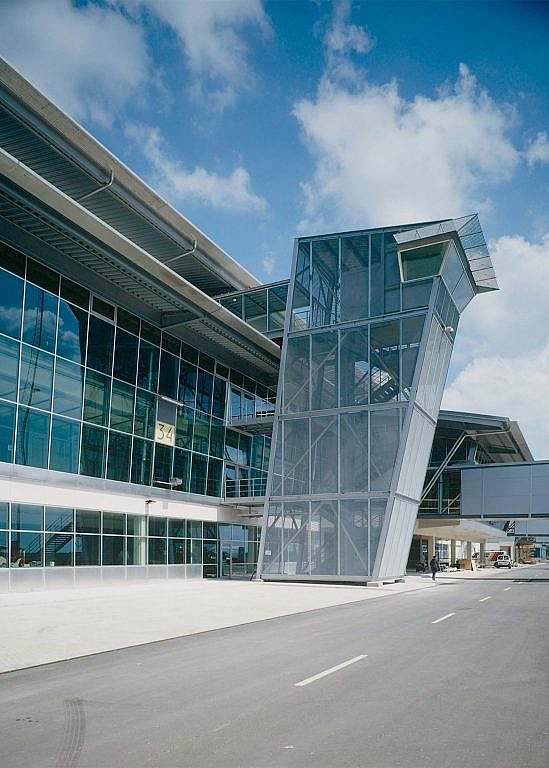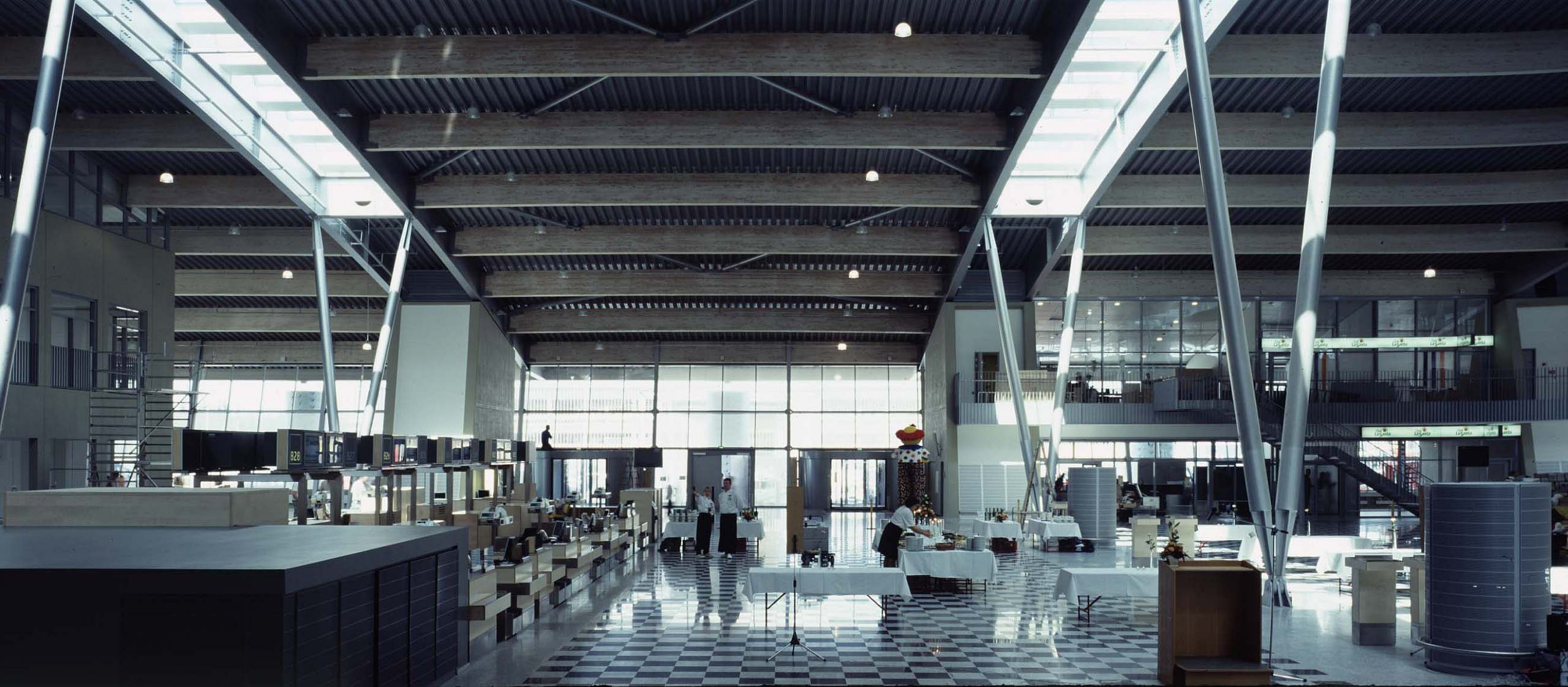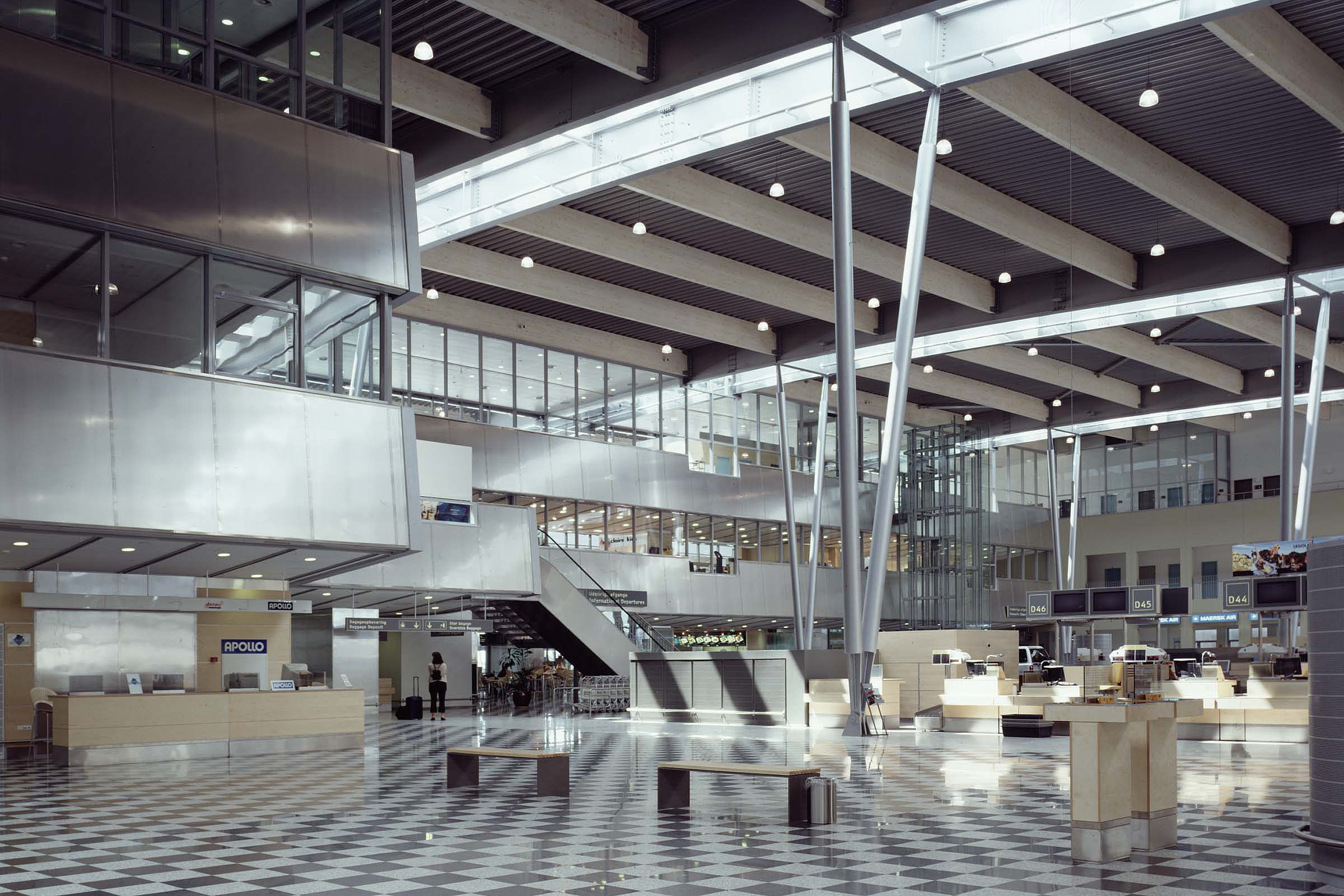Billund Airport was expanded in 2002 with a new passenger terminal designed by KHR. The new 40,000 m² terminal can handle 3.5 million passengers a year. The relationship with the landscape has been preserved, so that the natural terrain is exploited in the meeting between the building and the land and airside.
Billund
Denmark
Billund Airport
45000 ㎡
DKK 380 M
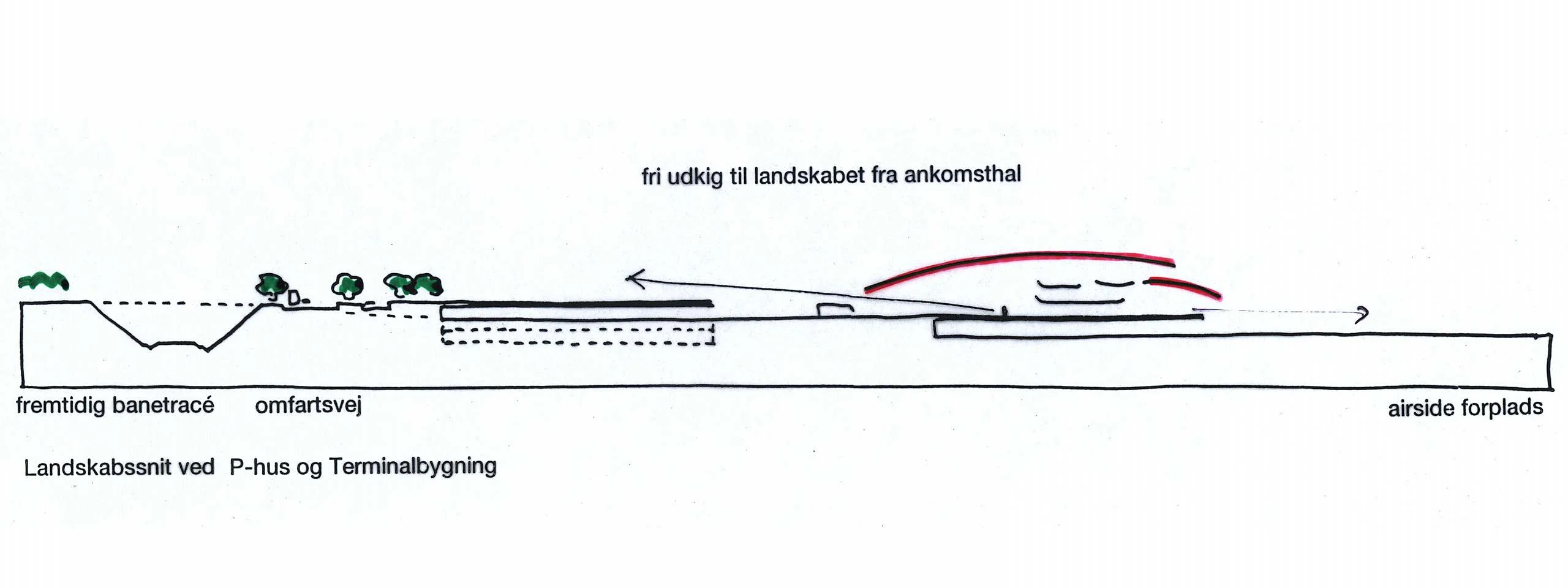
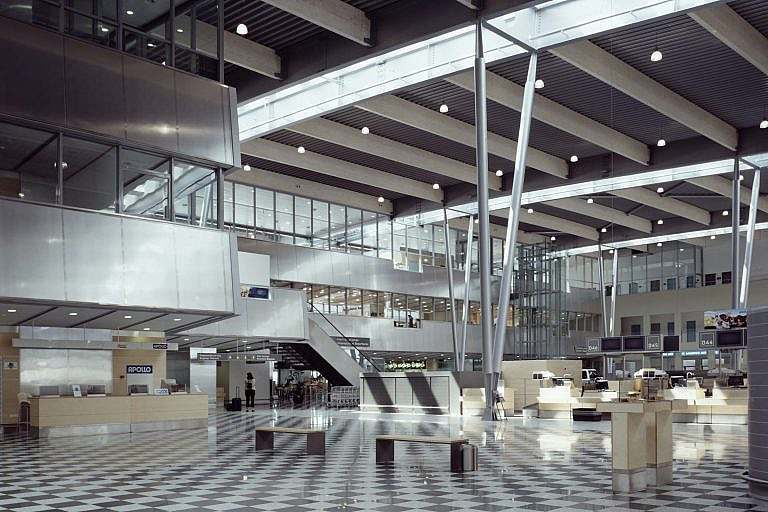
Heath landscape and airplanes
Under the roof of the new terminal, there is an open view of both the terminal, the Danish hilly landscape to the north and flights to distant destinations to the south. The extension will free up the former passenger terminal for the growing air cargo activities. The terminal building and aircraft parking apron are located north of the existing runway. New taxiways were created between the apron and the runway. North and west of the terminal building, a multi-storey car park and off-road parking facilities will be located.
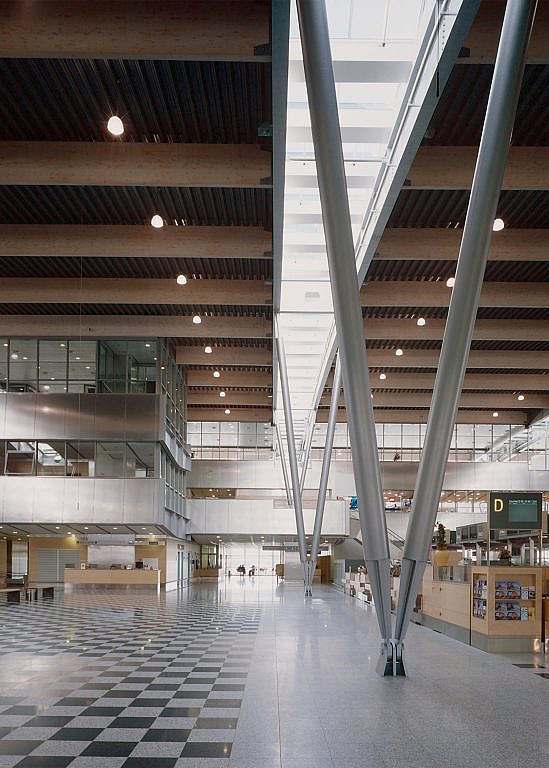
"The new terminal has views of both air traffic and the heathland. The terminal is located on the edge of a hillside island, so the natural threshold is highlighted."
Janina Zerbe, Architect and Partner, KHR Architecture
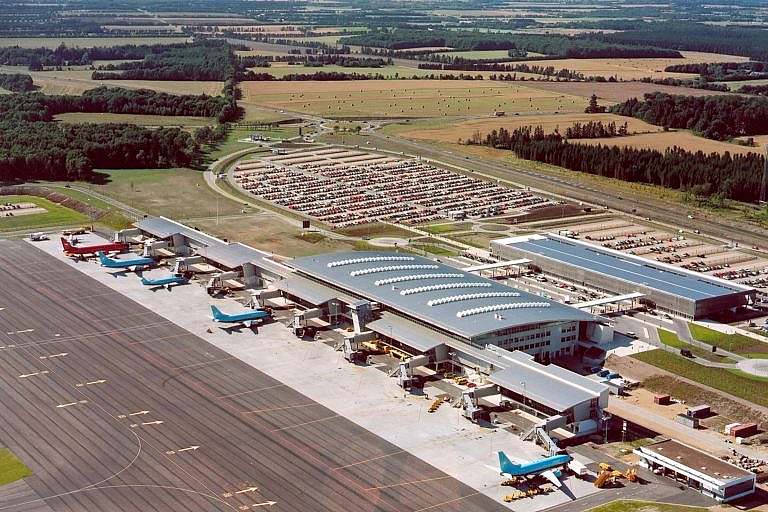
West Denmark's international airport
Billund Airport experienced a significant increase in passenger numbers and international air connections at the beginning of the new millennium, raising the airport's expectations of becoming a future hub for air services to all major business hubs in Europe. With the aim of securing its position as the international airport of Western Denmark, Billund Airport was expanded in 2002 with a new passenger terminal for future aviation activities. The new passenger terminal, designed by KHR, is 40,000 m² and can handle 3.5 million passengers a year.
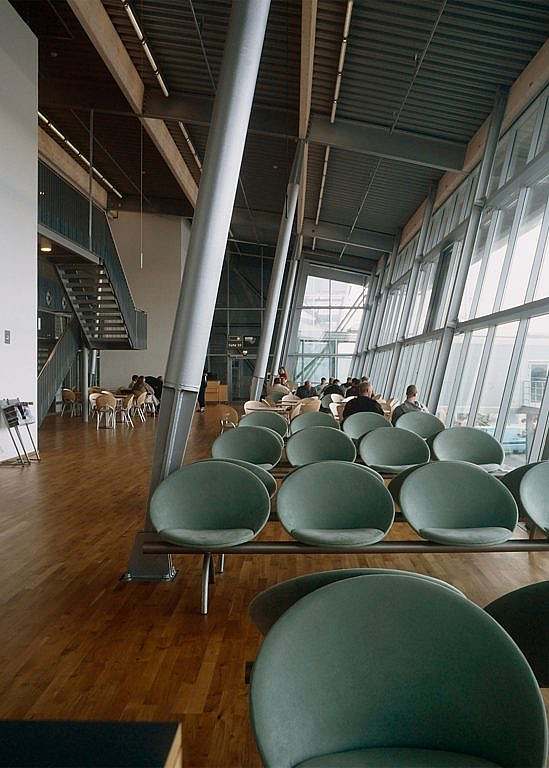
Relationship to the landscape
The terminal is located on the edge of a hill island, so that the natural terrain is accentuated and exploited in the meeting between the building and the land and airside. The vegetation in the area consists of woodland, which is retained close to the building complex, as well as heathland, scrub and hedgerows, which are reinforced to the west of the terminal area and continued through the car parks as part of the landscape architecture of the airport site.
